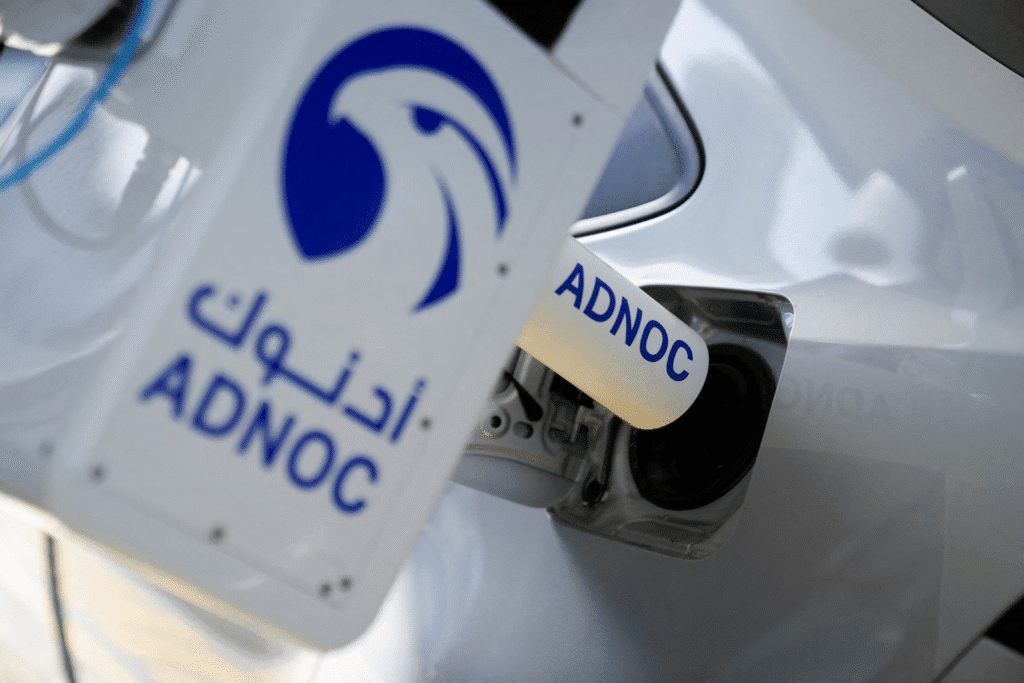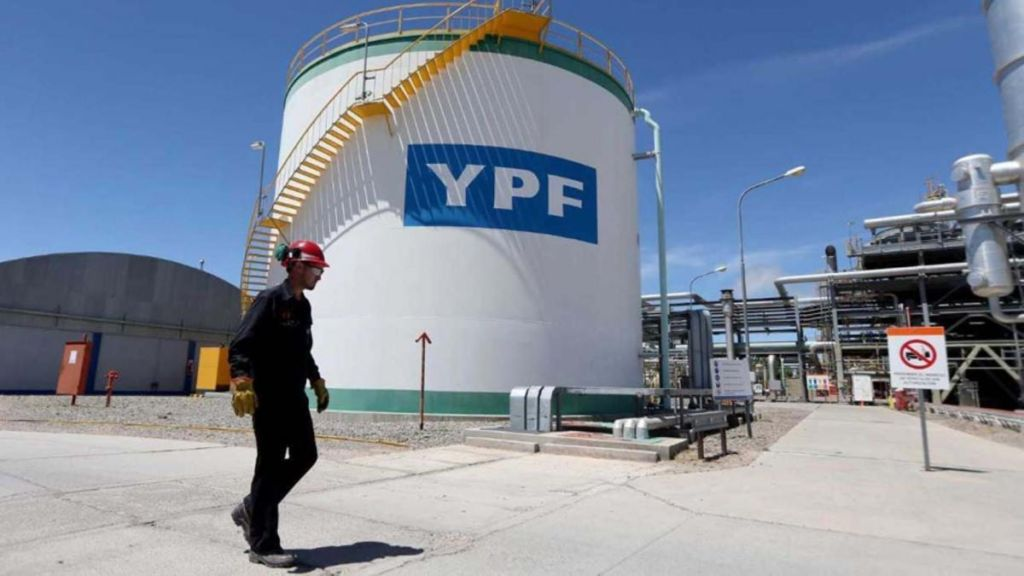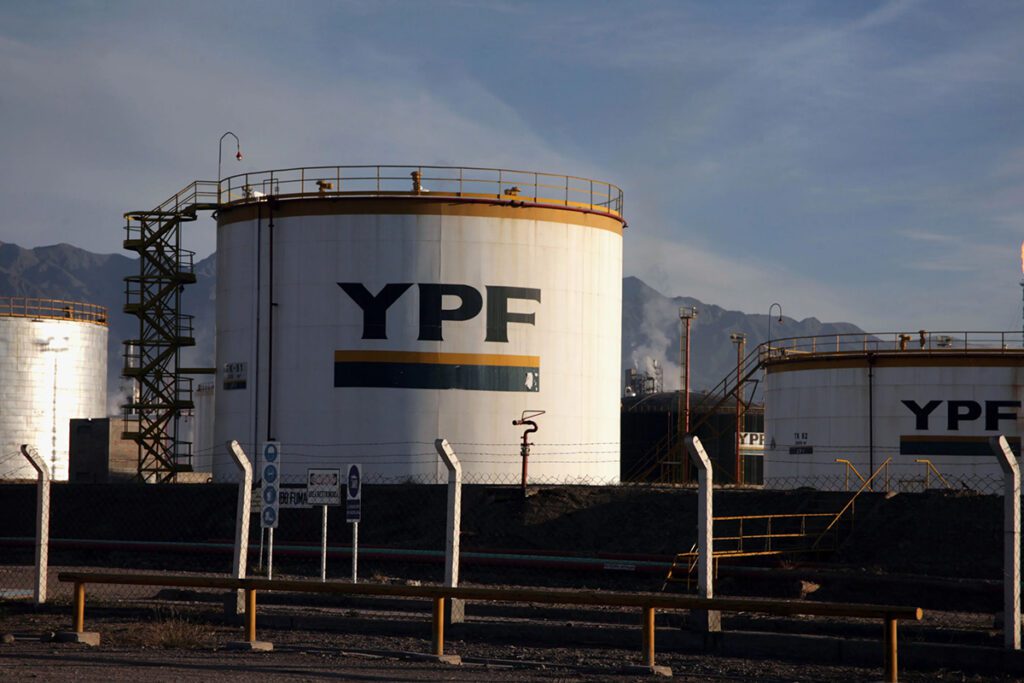In a striking development, the Abu Dhabi-based investment firm XRG is reportedly in discussions to invest in a large liquefied natural gas (LNG) project in Argentina. This move signals a strategic push by the UAE into Latin America’s energy sector and speaks to broader global trends in gas and LNG supply. The deal, still at an early stage, has the potential to reshape energy-export dynamics for both Argentina and the investing parties.
Who is XRG and Why Does This Matter?
XRG is a global investment arm linked to the Emirate of Abu Dhabi’s energy ambitions. The organisation is designed to channel capital into natural gas, LNG and lower-carbon energy solutions, reflecting a pivot from the old fossil-only model to one that embraces both growth and transition.
For Argentina, the prospect of inward investment from a heavyweight like XRG opens doors—financial resources, global connections, and export possibilities that had previously been more modest. The proposed deal offers the country a chance to accelerate its LNG production and tap into international markets.

The Argentina LNG Project: Ambitions and Scale
At the heart of this story is the LNG project being developed by YPF in Argentina, likely centred on the Vaca Muerta shale basin. The plan is large: reports suggest potential annual production of up to 28 million tonnes of LNG in its mature form.
This kind of scale would mark Argentina as a more serious player in the global LNG market rather than just a regional exporter. The addition of strong international investment could unlock faster development, better infrastructure, and more reliable access to shipping terminals and supply routes.

Why XRG Runs the Numbers on Argentina Now
Several forces are combining to make this moment opportune for both sides.
- Global gas demand remains robust, especially as many countries seek natural-gas alternatives during energy transitions. The push towards cleaner fossil fuels makes LNG attractive in the near-to-mid term.
- Argentina’s resource potential is significant. With Vaca Muerta’s shale reserves and emerging LNG infrastructure, the country has the opportunity to boost export volumes.
- Strategic geography and diversification. For XRG, investing in Latin America means diversifying beyond the Middle East and North America. For Argentina, foreign capital means credibility and scale.
- Economic and geopolitical timing. Argentina has been looking to attract major investment. Meanwhile, energy-exporters like the UAE are seeking new global footholds. The alignment of interests is clear.
Benefits for Argentina
If the deal proceeds, Argentina stands to gain in many ways:
- Inflow of capital which can finance infrastructure, liquefaction ships or terminals, and pipeline networks.
- Acceleration of exports, opening up global LNG markets and improving trade balances.
- Technology and expertise via partner firms, which can raise operational efficiencies and standards.
- Job creation and regional economic development, especially in energy-rich regions.
- Improved global standing as a credible exporter of LNG, which can attract further investment.

What’s In It for XRG and Abu Dhabi?
From XRG’s perspective, this investment opportunity offers compelling advantages:
- Access to untapped reserves in South America, expanding their global footprint.
- Exposure to growth markets where supply is constrained and demand strong.
- Diversification of their portfolio, beyond the Middle East and North America, mitigating risk.
- Potential strong returns, if global LNG capacity tightens and prices stay elevated.
- Strategic influence, enabling them to shape infrastructure, contracts and supply chains.
Risks and Challenges Ahead
Though promising, the road ahead is not without hurdles.
- Regulatory and political risk: Argentina has had economic volatility, which could affect permits, taxation or contractual stability.
- Project execution risk: LNG projects are complex and expensive. Delays, cost overruns or technical issues could erode returns.
- Market dynamics: LNG demand can shift with renewables, storage technologies, or changes in governmental policy on fossil fuels.
- Competition: Other global exporters (like Qatar, Australia, the U.S.) also compete, which may squeeze margins.
- Environmental and social scrutiny: Shale basins and LNG infrastructure draw scrutiny over emissions, water use and community impacts.
What Happens Next?
The talks are reportedly at a preliminary stage. Key next steps include:
- Finalising the investment terms: stake size, capital commitments, timelines.
- Due-diligence on the project feasibility, infrastructure requirements and market contracts.
- Alignment of stakeholders: Argentina’s government, YPF, XRG, and possibly other co-investors or off-take partners.
- Infrastructure build-out: liquefaction ships or terminals, pipelines, export facilities.
- Negotiation of LNG supply contracts with buyers in Asia, Europe or other markets.
If all aligns, this project could move relatively quickly into the build phase and begin contributing to Argentina’s export capacity within the next few years.
Why This Story Matters Beyond the Deal
This investment dialogue is more than just one company picking a project. It’s emblematic of larger shifts:
- The global energy map is evolving, with Latin America emerging as an important region for natural-gas exports.
- The Gulf region (UAE in particular) is deploying its capital in new regions and new forms of energy, seeking to shape the future.
- Energy security, supply diversification and global market integration are becoming more intertwined with geopolitical and investment flows.
- Transitional fuels like LNG continue to play a significant role even as renewable energy grows—meaning gas-infrastructure investments remain relevant.

A Human Take: People, Communities and Regional Impact
Behind the investment deal there are human stories. In the region around Vaca Muerta, employment opportunities could expand if LNG export infrastructure is developed. Local economies may see improved roads, power supply, and ancillary business growth—from services to housing.
For workers in both Argentina and the UAE, this deal represents the migration of skills, cross-border partnerships and shared ambitions. For local communities, the promise of economic uplift must balance with environmental stewardship and local inclusion.
And for everyday citizens in global import markets, these kinds of projects mean more stable supply of energy, potentially lower costs and greater security—all of which affect household budgets, industry performance and national growth.
Conclusion
The potential investment by Abu Dhabi’s XRG in Argentina’s LNG project stands out as a high-impact story in the global energy landscape. For Argentina, it is an opportunity to scale up LNG exports, attract foreign capital and anchor itself as a global player. For XRG, it’s a bold step into Latin America and a signal of its global ambitions.
While the path ahead contains risks—technical, regulatory, market—the alignment of resources, intent and timing makes this one to watch. If executed well, this project could reshape energy flows, economies and stakeholder dynamics for years to come. The human dimension—jobs, regional growth, trade linkages—adds depth to what might otherwise be seen purely as a financial or strategic move.
Do follow UAE Stories on Instagram
Read Next – Sheikh Hamdan Visits Newly Opened Carbone Dubai at Atlantis The Royal















